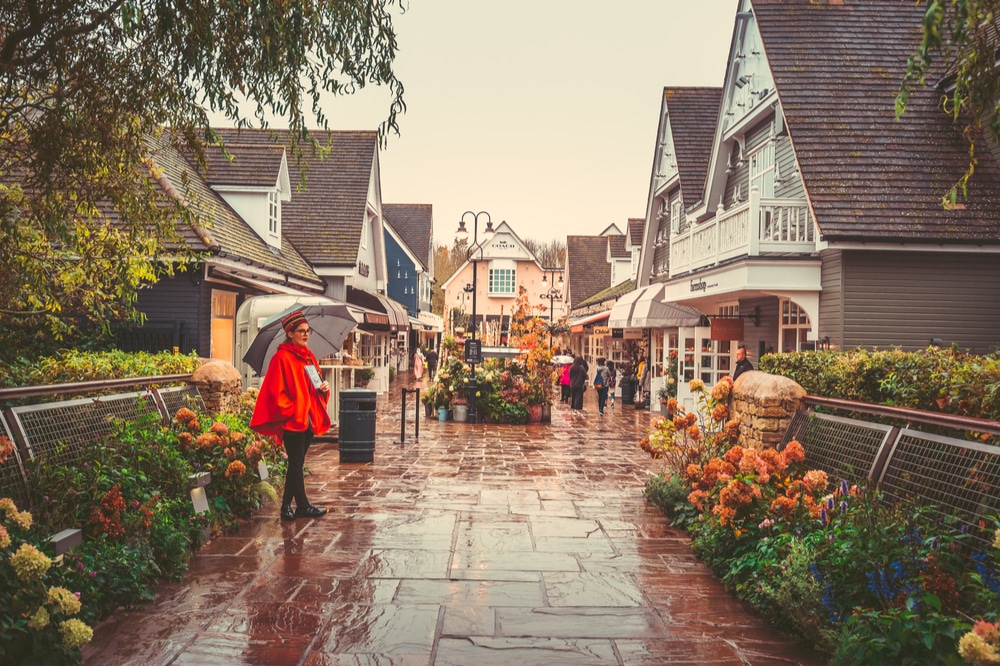Vidatec explains why a hybrid approach to retail is essential in a post-COVID world.
The pandemic has been a catalyst of change for many reasons. Businesses have had to accelerate their plans for digital transformation, schools and universities have rapidly adopted online learning, and we as individuals have been able to reflect on our lives and how we spend our time. One of the most notable changes, however, has been the relationship between consumers and retailers. Ecommerce was already gaining impressive traction before the pandemic, particularly with younger generations, but the past year or so has pushed online shopping into overdrive.
According to some estimates, by the end of 2020 the pandemic had added £5.3 billion to UK eCommerce. In January 2021, with the vaccine rollout beginning to pick up pace, the UK online retail was still showing 74 per cent year-on-year growth. This year, McKinsey released a report that said the eCommerce online delivery market had to fit a decade’s worth of digital transformation into the space of eight weeks to cope with demand.
The future of retail is hybrid
Far from being a blip caused by the pandemic, a lot of experts are predicting this change in consumer behaviour will outlast the crisis, with many who previously would have preferred to shop in-store now preferring to shop online. However, much like the sudden shift to remote working, the future of retail is highly likely to be hybrid. While demand for physical commercial space is falling, the average consumer spend in-store is actually going up as stores reopen. This suggests that while online shopping might be better in terms of convenience and time-saving, people are still likely to head in-store for more considered purchases, and when they do, they’re likely to spend more to make the most of their trip.
This presents an incredible opportunity for retailers. Far from being stuck at a crossroads, they’re now perfectly positioned to implement the kind of cross-platform, multi-channel experience that plays well with today’s consumer. Online isn’t a replacement for brick-and-mortar, it’s an incredibly powerful supplement.
How brands can win with a cross-platform experience
In today’s digital landscape, choice is everything. Never before has the mantra “the customer is always right” rang so true. It’s a customer’s market, and customers want to be able to shop in a way that suits them, at a time that suits them, without encountering any friction or feeling like they have to work to maintain their own purchasing journey.
That means being able to jump from one device to the next and pick their shopping basket where they left off, jumping on an online chat to solve queries and not having to repeat themselves if they then pick up the phone, and – often forgotten – the ability to combine online and offline brand experiences. That might involve a mobile app experience that lets customers pre-order items, organise their carts, and look at stock levels before they arrive on-premises. Or it could be a unified comms experience, thanking users for their purchase after they leave a store or even alerting them to new deals tailored to their tastes as they’re passing by on foot.
Transforming the physical retail experience with digital channels
There’s also a unique opportunity here for primarily physical retailers to boost the on-premises experience with mobile technology. Just because you own a physical store with no plans to sell online doesn’t mean you can’t take advantage of the new trend toward online shopping experiences.
Take Bicester Village in the UK, for instance. This rural England shopping centre has managed to transform itself into a super destination that attracts more than 6 million shoppers a year from all around the world to its boutique stores. How? By combining a unique physical shopping experience with an iOS and Android app that allows users to navigate the Village, enjoy exclusive content, deals, style tips, videos, and more. Shoppers can even open a “privilege” account on the app to get additional discounts, treats, and alerts when items they might like go on sale, as well as access to a “concierge” chatbot. All guests have access to free WiFi, and are encouraged to take pictures to share their experience and purchases on social media. This is the very definition of a hybrid shopping experience and, while our high street might change considerably in the coming years, we may all actually end up better for it if other retailers adopt a similar approach.

Here at Vidatec, we understand that the future of retail is a complex one. While setting up an online store with a mobile app is a perfectly viable way to do business, there are countless retailers out there – both online and physical – that could benefit enormously from a hybrid approach, particularly if they’re willing to turn their brick-and-mortar stores into a “destination” experience.
We created the app for Bicester Village as part of a project for Value Retail, a company that offers luxury retail experiences to bespoke shopping villages across Europe and China. Following the creation of the app, Bicester Village saw a huge uptick in repeat visitors and average spend, as well as huge improvements to the customer experience in general.
To find out more about how we can help you develop a cross-platform digital experience that complements your retail outlets, get in touch today.

